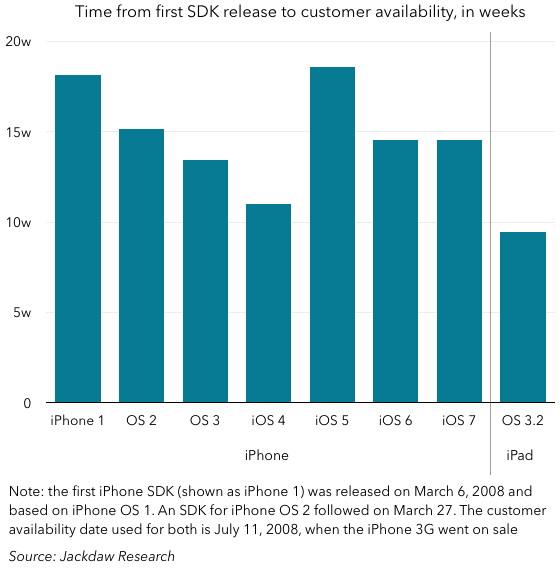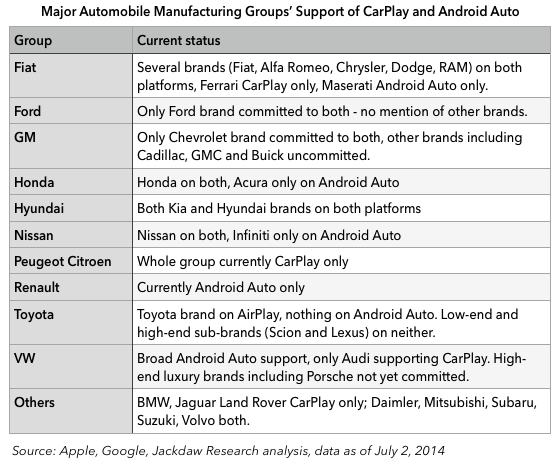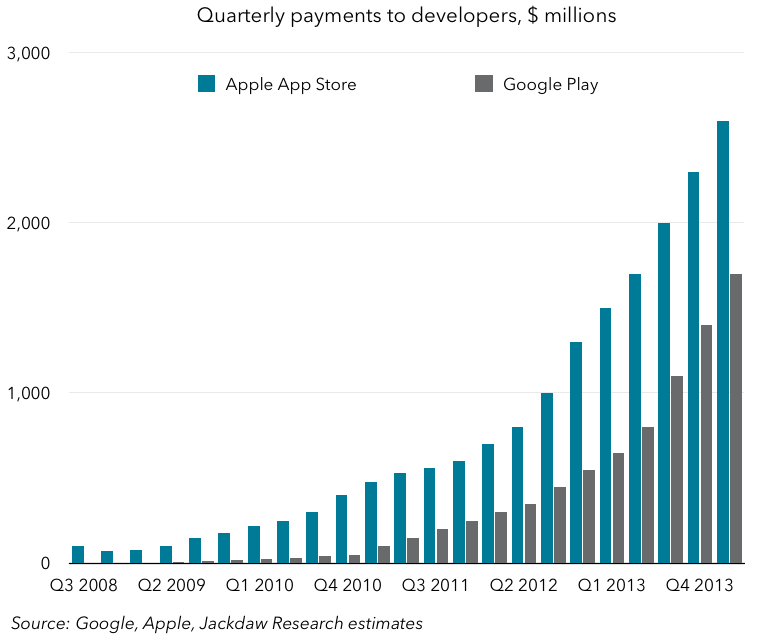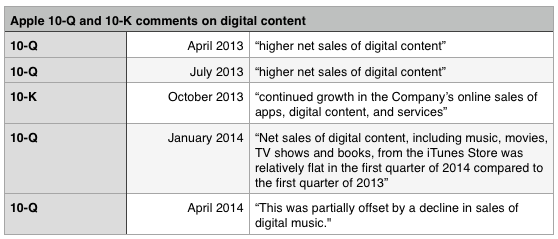I posted a tweet yesterday that seemed to hit a nerve with people, and so I thought I’d expand on my thinking a bit here. What I actually posted was two related tweets, though it was the second that seemed to resonate – the first was merely context:
There were at least two articles that prompted my tweet, but the main one was this one from Ellis Hamburger at the Verge. Both took a tack that I felt fundamentally misunderstood what Apple does and how it does it, but there was one particular section of piece on the Verge that sums up the mentality here very well, so I’ll use that as the jumping off point:
But today, communications are a commodity, and it’s hard (if not impossible) to survive in the long-run as an app that only works on one platform. A dozen messaging apps are sweeping the globe, and all of them work whether you have an iPhone, Android, Mac, or PC. Apple’s Messages app, and the iMessage platform therein, only work if your friends and family use Apple products. In the United States, where iPhone market share is highest of almost any country, iMessage’s thin ice is harder to perceive. The United States is one of the only countries where no one messaging app reigns king, but elsewhere markets are dominated by one messaging app or another, all of which have similar features and work on all platforms.
A single-platform messaging app cannot win. Despite its tasteful new feature additions, however derivative they may be, Apple is playing on borrowed time. If Apple is determined to stay single-platform, it’s going to take more than new features to save its messaging ambitions.
To suggest that Apple is trying to “win” in the messaging wars is equivalent to suggesting that iTunes was an attempt to “win” in the music-playing software wars. Neither is the case. The first thing to understand about Apple is that it’s motivated first and foremost by creating the best possible experience on Apple devices. This imperative drove Steve Jobs to the extent that he made poor business decisions early on in his time at Apple, ultimately leading to his ouster. He was so fixated with this objective that he lost sight of others and ultimately of what it would take to keep Apple in business as a public company, a lesson he learned the hard way and ultimately brought back to Apple when he returned. But that has always been the fundamental motivation for Apple’s senior leaders above all else.
That motivation leads to one of the other defining characteristics of Apple as a company: the tight integration of hardware, software and services. Apple has never been about creating cross-platform services. To those of you who may wish to point out that Apple has long had iTunes on Windows, I direct you to this quote from Walter Isaacson’s 2011 book on Steve Jobs:
We put iTunes on Windows in order to sell more iPods. But I don’t see an advantage of putting our music app on Android, except to make Android users happy. And I don’t want to make Android users happy.
Apple’s only significant cross-platform move was still a move to make Apple devices more compelling – the simple fact is that an iPod was not a standalone device, and it needed iTunes to be at all useful. Given the Mac’s very low share of the global PC market, releasing iTunes for Windows was an obvious strategic imperative. But it was done with one objective in mind – making the iPod a compelling device for a larger number of users, and yes, selling more iPods as a result.
What both the pieces I linked to above ignore is that everything Apple does is part of an ecosystem, and that’s exactly why people buy its products. Ever since the iPod and iTunes launched, Apple has been in the business of connecting its devices together in a way that adds value to each of them. The iPod added value to the Mac by providing a portable music player for your iTunes music, and iTunes on the Mac added value to the iPod by providing the conduit through which you obtained music to put on your device. When Apple released iTunes, it wasn’t competing in the music-playing software market anymore than iMessage is Apple’s attempt to compete in the messaging market. Both products were software Apple developed to add more value to its hardware products, and should not be seen as products in their own right.
When the whole rationale for Apple’s software is to add value to its hardware products, the idea of providing cross-platform software or services becomes inimical. To the extent that Apple software or services are available on non-Apple devices, they cease to provide meaningful differentiation for Apple products. By contrast, making Apple-exclusive software and services available on various different Apple hardware products adds significant value, and providing tighter integration between those devices through software and services adds even more. Hence the focus on these things at WWDC on Monday. To suggest that Apple needs to make its Messages product (or any other product) cross-platform in order to succeed is to get things exactly backwards – Apple doesn’t make hardware to be successful in messaging; it makes a messaging product to be successful in hardware.
This makes its Beats acquisition particularly interesting, since the Beats music streaming service is cross-platform today. But I suspect that the product we eventually see from Apple which integrates Beats’ streaming and curation technology will go back to being Apple-only. If there’s any strategic rationale to Apple spending so much money to stay at the forefront of the music business, it’s to make the iPhone the best device for music, and not to create a broad-based music subscription service.
All of this is part of a broader trend in the consumer technology space, which is that the most successful companies are competing in a different way, by combining hardware, software, content, communications (and in some cases connectivity) in integrated ways which create compelling end-to-end experiences for consumers. I see the same flawed logic among people criticizing Amazon’s entry to the smartphone market on the basis that no-one makes money in smartphones. If Amazon is entering the smartphone market, it’s not to make money on smartphones, but to drive buyers to spend more money with Amazon as a whole, across digital content and e-commerce. Amazon and Apple each have a core business that makes the bulk of their money, and their entry into adjacent spaces is intended to reinforce the core business, often at break-even or even negative margins. Google is the archetype of this model, providing many services for free, all of them funded by advertising and especially search advertising. It provides those services not out of the kindness of its heart but in order to increase the appeal of the Google ecosystem and to gather data that helps with its other businesses.
Apple isn’t fighting the messaging war. To the extent it’s fighting a war at all, it’s fighting an ecosystem war, and so far it’s winning. Is Apple’s tightly-integrated model the only way to be successful in the consumer technology market? Not at all, though it certainly seems to be the way to generate the best margins. There’s always going to be room and demand for other models too, and both Microsoft and Google have benefited greatly in market share terms from taking a less integrated approach. But to imply that Apple’s approach is ultimately doomed is to ignore what’s made it so successful over the past several decades, and the model it needs to continue to pursue to remain successful.




